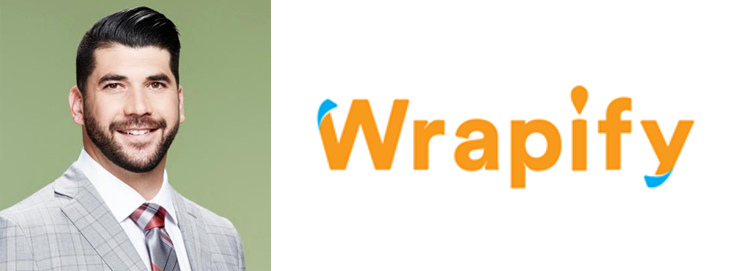Q&A with Wrapify CEO and Co-founder James Heller

With a powerful combination of OOH, digital and app-enabled mobility & delivery, Wrapify empowers Fortune 500 brands to reach audiences in an omnichannel environment – while delivering measurable, actionable analytics to prove its effectiveness. 300,000+ drivers in the US use the Wrapify App to earn extra income simply by driving. Founded in 2015 and headquartered in San Diego, CA, Wrapify has worked with some of the largest and most well-known brands in the world, including AT&T, Coca-Cola, General Mills, Major League Baseball, and more.
From advertising on public transit and billboards on the highway to digital displays in the mall, in normal times we interact with OOH advertisement multiple times per day. With the COVID-19 pandemic turning the world on its head, what will the OOH industry look like going forward? James Heller, CEO and Co-founder of Wrapify, provided us with his insights.
Can you provide an overview of the OOH space and the major trends influencing the industry?
OOH encapsulates the segment of the ad industry related to advertising outside of one’s home — billboards, transit media, airports, digital display networks and several other ad products. Today, the addition of mobility, data and programmatic ad buying are changing the OOH landscape. In addition to bolstering brand awareness, those capabilities have also enabled the OOH ecosystem to measure an OOH ad’s impact. With technological advancements, brands now use OOH advertising to hyper-target neighborhoods in which their audiences spend most of their time. This form of targeting has been a huge driver for the OOH industry amid the pandemic, and I believe we will see it continue throughout the rest of 2021 and beyond.
What has the OOH space been like during COVID-19?
The industry saw a big pullback in the early days of the pandemic while brands tried to determine how to best leverage the medium. Over the past nine months, brands took a critical look at audience-based buying rather than investing in splashy inventory that would go unnoticed. Purchasing inventory based on the behavior of target audiences is becoming more of the norm and less of a nuanced method for leveraging OOH. OOH inventory that drives frequency in neighborhoods experienced an increase in demand because most consumers stayed within a closer radius of their homes. Even though traffic regained strength late last year, people’s patterns and where they were driving changed.
Around the Super Bowl, all eyes are on brands’ advertising activity — do you believe the event could be a turning point for the OOH industry? Why or why not?
Since many Super Bowl advertisements are quickly forgotten, the relevance of OOH as it relates to the Big Game this year is not necessarily about the game day itself, but instead, it’s about extending the power of a brand’s message into the weeks that follow the game. Brands spend upwards of $10 million for a 30-second spot, but when accompanied by digital OOH and hyperlocal OOH inventory, brands can drive the reach and impact of their message in neighborhoods across the U.S.
What kind of changes should we expect in OOH in the next six months?
There will be a strong resurgence of OOH in Q2 this year. We already see early indicators of brands heavying up on OOH with media buys taking place now for flight periods in Q2 and Q3. The mass adoption of vaccines, markets reopening and travel resuming will propel demand for many formats that lost steam in the middle of 2020 because, let’s face it, more people will be out of their homes.
What industries do you believe would benefit most from integrating OOH into their media mix this year?
Historically, QSR brands have leveraged OOH as a small segment of their overall budget. However, as on-demand and app-enabled food delivery options increase, OOH that offers attribution tied to drive-thru traffic as well as online and/or in-app ordering creates an opportunity to leverage the medium in a more measurable environment.
Where do you think OOH will be by the Super Bowl next year?
Experiential, pregame events, the Super Bowl Village and the market-wide OOH will come back into the picture. Additionally, brands will leverage food and beverage delivery as part of the game day experience, which I anticipate will dovetail into the 30-second spot.
You can follow Wrapify on Twitter or LinkedIn. You can also learn more at: https://www.wrapify.com/






